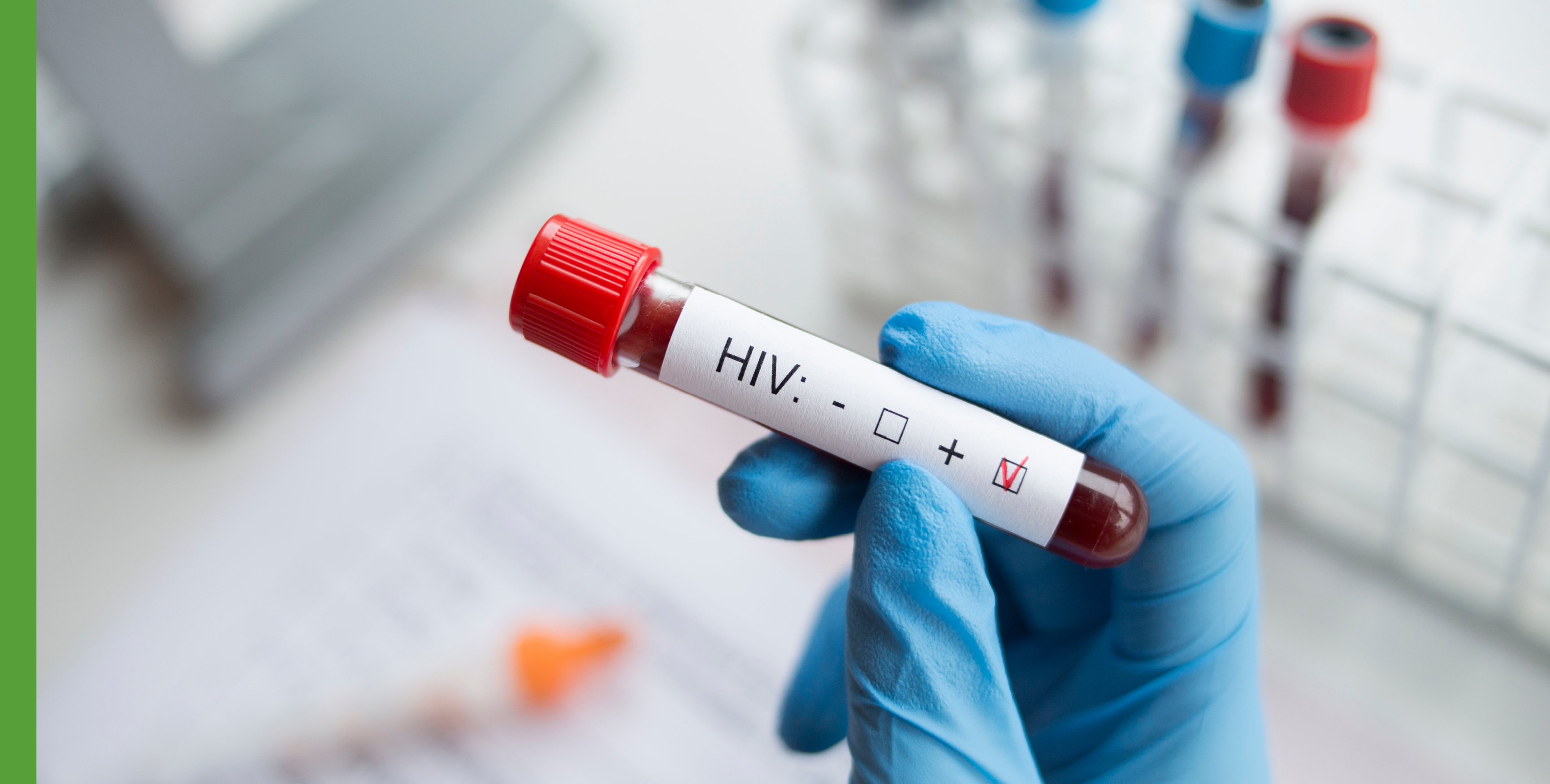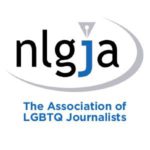
Broadcast date: July 11, 2019 at 2 p.m. Eastern
In 2019, being diagnosed with HIV is no longer a death sentence. But the rates of the infection continue to climb in America among some groups, despite advancements in medicine, education and outreach. More than 40,000 new HIV infections are reported every year, according to the Centers For Disease Control and Prevention. But 40 percent of people living with HIV don’t know they have it, or know and are not seeking out care. In his State of the Union address in February, President Donald Trump announced an initiative to end the HIV epidemic in the U.S. by 2030.
In this hour-long webinar, reporters and editors will learn how to find, interpret and use data about HIV in reported stories that go beyond a medical lens. Because HIV is not only a medical topic, but a political, racial, and socioeconomic one. It infects people of all ages, races, genders and sexual identities.
Journalists of all beats and backgrounds will learn why it’s important for their communities to understand HIV — and how they can tell more compelling stories to engage their audiences on the topic.
Instructor
Justine Griffin is the health and medicine reporter for the Tampa Bay Times. She is a past vice president of the Journalism & Women Symposium, where she served on the board of directors for more than three years. Griffin has covered a wide range of beats, from retail and tourism to transportation and real estate, at the Times. She has also covered business news at daily newspapers across Florida. Prior to joining the Times, Griffin was the assistant projects editor at the Sarasota Herald-Tribune.
Who should take this course
Reporters from all media and beats and anyone else interested in different ways to approach stories about HIV/AIDS.
What will I learn:
- Where to find public records and data to track trends
- Where to find sources both nationally and in your own community to tell HIV-related stories
- Tips on how to get past stigma and political narratives
- Ideas for producing stories beyond a medical angle
- What’s new in medical research, social outreach and where to find news pegs throughout the year
This webinar is free, thanks to support from our training partner, NLGJA: The Association of LGBTQ Journalists.

Founded in 1990, NLGJA is an organization of journalists, media professionals, educators and students working from within the news industry to foster fair and accurate coverage of LGBTQ issues. NLGJA opposes all forms of workplace bias and provides professional development to its members.
![Robert Marquez of Tampa was diagnosed with HIV at 18. He didn't know much about the disease at the time, but quickly did his research. "It didn't make me feel better," said Marquez, now 20. "But it gave me hope." [BRONTE WITTPENN | Times]](https://www.tampabay.com/storyimage/HI/20180621/ARTICLE/306219471/AR/0/AR-306219471.jpg?MaxW=950&cachebuster=431604)